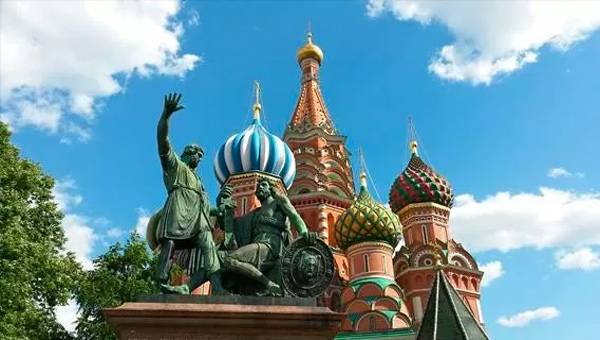
Photo: http://pixabay.com
On November 4, Russia will celebrate National Unity Day. It is the youngest holiday in our history, established in 2005, but it has a long history. 410 years ago, in the distant year of 1612, the people's volunteer corps under the leadership of Kuzma Minin and Prince Dmitry Pozharsky liberated Moscow from the Poles.
This concluded a difficult period in the history of our state, which was called the Time of Troubles. Times were, in fact, very complicated. In 1598, the Rurikovich dynasty ceased to exist. Tsar Feodor Ioannovich died and his younger brother Dmitri died. The boyar Boris Godunov, whom the nobility did not recognize ascended on the throne. Appeared impostors, who claimed to be Tsarevich Dmitry.
So, it turned out that Russia was in political and state crisis. The Polish King Sigismund III took advantage of it and began a war who in 1609. Part of Russia was captured by Polish-Lithuanian detachments. Power in the country passed to the council of boyars, which was named Semiboyarsky. The boyars, betraying their Fatherland, swore allegiance to the Polish king, son of Sigismund. Power in Moscow was held by the Poles.
Meanwhile, people did not agree with such a turn of events. They were against the domination of the Poles in the native Russian lands. In March 1611, the first national (zemsky) home guard started to storm Moscow, but to knock out Poles there it was not possible. However, the city has been blocked. The situation of the Polish army was terrible, as recalled the History of Russia website, it even came to necrophagy. At this time, the Poles set fire to Moscow, the fire was burning throughout the city. The Cossacks and the nobility were in conflict. Once again another False Dmitry appeared. At this difficult time, Patriarch Hermogenes called upon the Russian people to defend Orthodoxy and expel the Poles from Moscow. His call awoke an echo in the hearts of the Russian people. In September 1611, the second national (zemsky) militia began to gather. It was headed by the zemsky headman Kuzma Minin. Funds were collected, and people paid “the third money” to create the militia. Prince Dmitry Pozharsky, who was of the family of Vsevolod the Big Nest, i.e. had the right to the Russian throne, is elected military leader.
It is remarkable, that armies of the Second home guard went to Moscow, carrying emblem of Prince Pozharsky. The army gathered on all Volga regions, and then 4 months it was in Yaroslavl where the cathedral of All Russia has been convoked. There was no clarity and turmoil reigned in the country. The army assembled at that time was large:10,000 soldiers, 3,000 Cossacks, riflemen, and a lot of conscripted, who belonged to the peasants. It was really a people's army, which rose to defend the Fatherland from foreign invaders.
So, on November 4, 1612, soldiers of the Second People's (Zemstvo) Militia, which arose in Nizhny Novgorod, took Kitay-gorod with a battle and drove the invaders out of Moscow. It is noteworthy, that the army included the icon of Our Lady of Kazan, especially revered in Russia. In February 1613, Zemsky Sobor was assembled, which along with clergy, boyars, princes, Streltsy, Cossacks, and delegates from the Russian cities included even nigger peasants. Mikhail Romanov, the first Russian tsar of the Romanov dynasty, was elected as the new tsar. It was this Zemsky Sobor that ended the Troubles and marked the beginning of a time when Orthodoxy and national unity triumphed. That is why this day means so much to Russia. After all, then the victory over the enemy was won thanks to the strength of spirit and unity of the peoples who inhabited our country.
Later, Prince Pozharsky built the Kazan Cathedral on Red Square at his own expense in gratitude to the icon of Our Lady of Kazan, because people believed that it was this shrine that helped to win the victory. In 1818, emperor Alexander I issued a decree to erect a monument to “citizen Minin and prince Pozharsky” on the Red Square. It was the first monument in Russia erected not to tsars or generals, but to heroes of the people.
Up until 1917, this day marked the deliverance of Moscow and the whole of Russia from the Poles. That is why this holiday – National Unity Day – has a long history and is very important and symbolic for the citizens of the Russian Federation. On National Unity Day, there marches, concerts, sporting events, charity events, and raising funds to help those in need in cities and towns of our vast country. This is the essence of the Russian person, who is ready to help, to give a helping hand to those in need. Now Russia is helping the residents of Donbass by responding to their request for help. It was so before, and so it is now.
